As it prepares to celebrate its 30th anniversary in 2017, Four Seasons Aviation is looking forward to the future with the help of a blast from the past. Over the years, the Toronto, Ontario-based operator has worked hard to establish a reputation as one of the leading providers of aerial cinematography among the major TV and film production studios, but the latest introduction to its fleet — a Sikorsky S-58ET — promises to allow the company to take full advantage of the growing number of construction opportunities in Canada’s largest city.
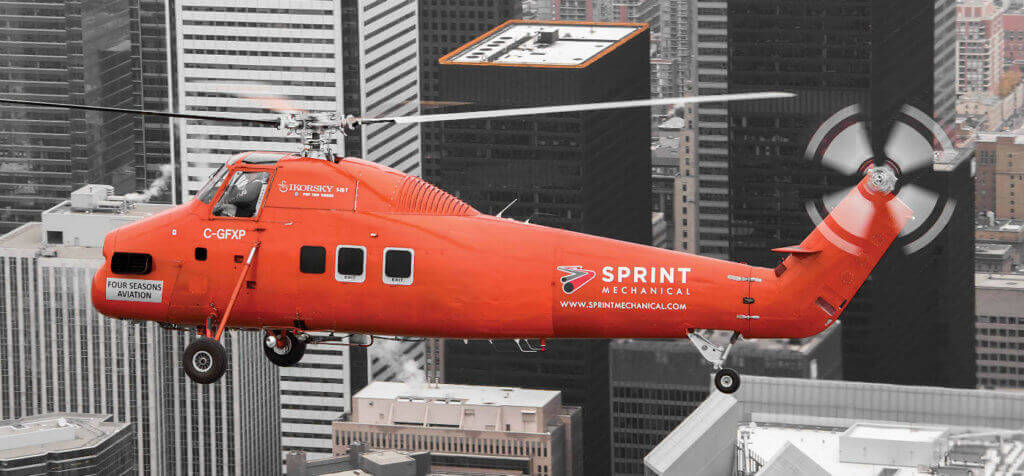
Established by owner-pilot Dave Tommasini in 1987 with a single Bell 206B JetRanger, Four Seasons began operations as a general utility company, performing local charter work and covering the occasional fire. It then branched out into the aerial filming business, along with corporate charter, corporate aircraft management, and at one point even offered flight training (for which it used a Robinson R22 in association with Kitchener, Ontario-based Great Lakes Helicopters). It also became an authorized service center for AgustaWestland (now known as Leonardo Helicopters), importing many aircraft from the manufacturer for Canadian customers.
Today, aerial cinematography makes up the bulk of Four Seasons’ workload, for which it primarily uses an Airbus Helicopters AS355F1 TwinStar. It still has a Bell 206B JetRanger (which is generally offered as the most cost-effective solution for customers), but it’s the company’s newest arrival that represents its hope for growth in the future. The S-58ET, which arrived at Four Seasons’ headquarters at Downsview Airport (just north of downtown Toronto) in September 2016, will provide the company with the perfect tool to further expand its growing aerial lift business, offering the capability to lift up to 4,500 pounds (2,040 kilograms).
It was brought to the company through a partnership with local mechanical construction firm Sprint Mechanical Inc.; the funding for the purchase was provided by Sprint Mechanical’s owner Albert Salvatore. The ties between the two companies were established when Ian Bergeron, now Sprint Mechanical’s VP of safety and legal affairs (and also a commercial fixed- and rotary-wing pilot) first began exploring the routine use of helicopters on construction projects in 1992. He was working at a different company at the time, and met Tommasini while on a project at Yorkdale Shopping Centre (a major mall in the city), for which Tommasini provided the fuel. Over the following years, the two continued to work together on aerial construction projects across Toronto. When Bergeron jointed Sprint in 2012, Four Seasons became Sprint’s first choice — even over the use of cranes — for lift work.
Bergeron said the most difficult challenge he faced in adopting rotary-wing operations was in initially persuading his company’s owners, clients and general contractors to do so. Since then, the benefits of using a helicopter over a ground crane were quickly proven. A job that would take a crane six days to complete — due to needing to spend three days to set it up and three days to take it down — could be completed in a matter of minutes.
“For mechanical contractors, the biggest problem we’re faced with is time,” he told Vertical. “Everybody buys material for about the same price, so if you get delays on labor, that’s what makes the difference between a profit on a job and a loss. With a helicopter operation we can control the labor very tightly. We know that to put these 10 units on will take us 25 minutes, for example, so we know what our labor is going to be.”
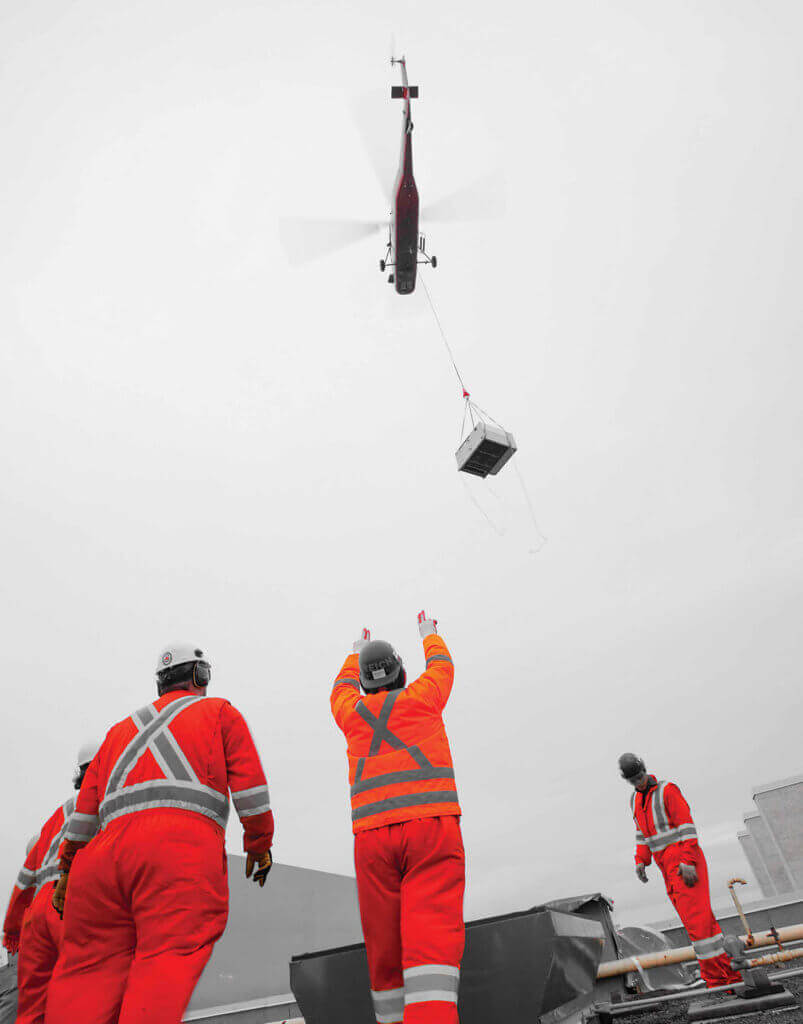
With many of the heating, ventilation and air conditioning (HVAC) units that arrived in the 1970s on downtown offices, residences, stores and malls now reaching the end of their working life, a potential glut of work presented itself.
“We realized that there are millions of the HVAC units that are all getting 30-plus years old,” said Bergeron. “About four years ago, we started more actively marketing and pursuing this work. I started looking at every job whether it would make sense to use a helicopter.”
However, if the two companies were serious about increasing the amount of aerial lift work they were performing, they realized they would need a larger twin engine aircraft than the AS355F — especially as that was kept busy enough with Four Seasons’ film work. They would occasionally bring in an S-61 and/or a Bell 212 on an ad hoc basis from across the border or from Western Canada, but having to guarantee jobs to customers without having the certainty that an aircraft wouldn’t be held up at the border — or be dispatched to fight fires at the last minute — left them vulnerable.
“We said the only way to do this is to get our own machine and base it here,” said Bergeron. The Bell 212, 214, Airbus Helicopters AS332 Super Puma, and Sikorsky S-61 were all considered, but they were thought to not have the lifting performance required, poor parts availability, or were too expensive to purchase or run.
“It came down to what machine is worth its weight in gold, can make money, has got a history of it, and what machine can we repair and look after?” said Bergeron. “David and I kept coming back to the [S-]58ET. It’s 13,000 pounds gross weight, around 8,000 pounds empty. The price was right and it was available.”
Salvatore said the aircraft’s lifting capabilities were the deciding factor. “We spent some considerable time researching it, and with the ability to lift around 4,500 pounds, it can look after most of the lifting needs for Sprint Mechanical,” he said. “And once the word is out among our customers, I think it will open up even more doors for us.”
Finding the 58
To help find the right aircraft, Tommasini enlisted the help of Matt Trahearn, director of maintenance at Heli-Lynx, which performs most of Four Season’s heavy maintenance. Trahearn had worked on S-58Ts earlier in his career at Hydro One.
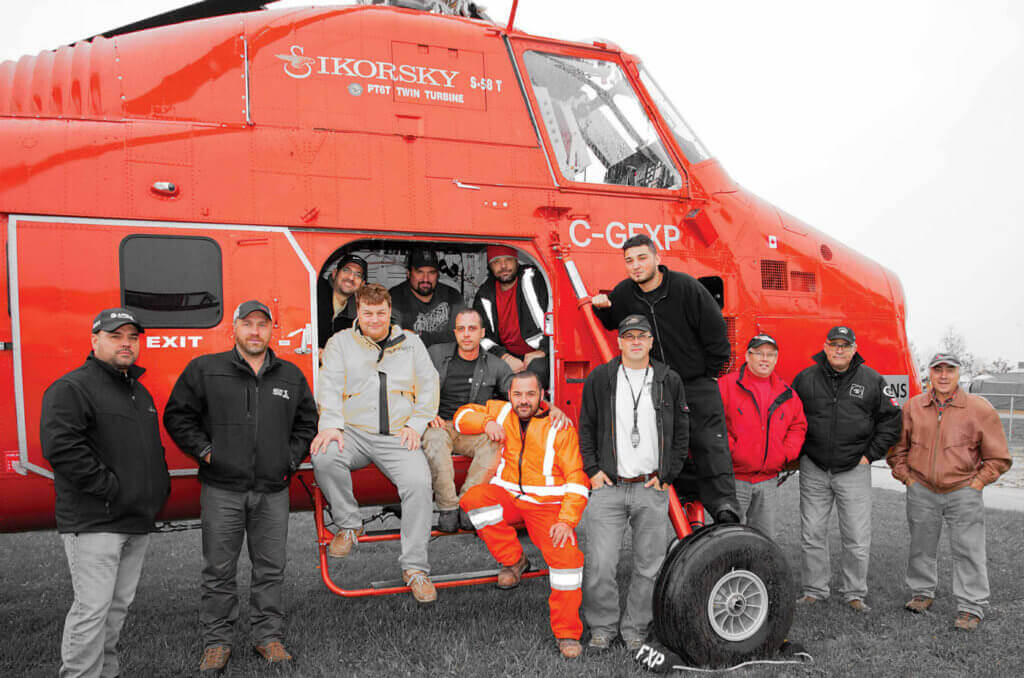
“They were looking for an aircraft that could lift 4,500 pounds, and this kind of fit into the category where they didn’t have to get something really expensive, and at the same time, the [PT6T-3] engines are still maintained by Pratt & Whitney, so we still get support from them,” he told Vertical. “It’s a great aircraft — and very quiet for its size. It’s got great visibility for the pilot to do sling work, so I thought it would do them well in the construction business.”
Trahearn accompanied Bergeron and Tommasini on a visit to Fate, Texas-based California Helicopter Airways, Inc. — the owner of the S-58’s type certificate — to see a newly-rebuilt aircraft.
“The aircraft was basically as new an S-58ET as you’re going to find anywhere in the world, because it had been totally basically rebuilt,” said Trahearn, “and it was rebuilt for the type of operations [Four Seasons] wants to do.”
California Helicopter has specialized in the S-58 and S-58T since 1970, purchasing the support program for the aircraft from Sikorsky in 1981 before buying the type certificate about 18 months ago (along with the type certificates for the S-62 and S-55). It provides all the support for the aircraft, manufactures parts and maintains the fleet, as well as gradually rebuilding the odd airframe.
“This was the second S-58T we’ve built in the last seven years,” Brad Ladue, California Helicopter’s CEO, told Vertical. “It takes us about five years to build one. I told Four Seasons that they could take a look at it, but it wasn’t really for sale. They came down and said it was the best one they’d found and they wanted to buy it.”
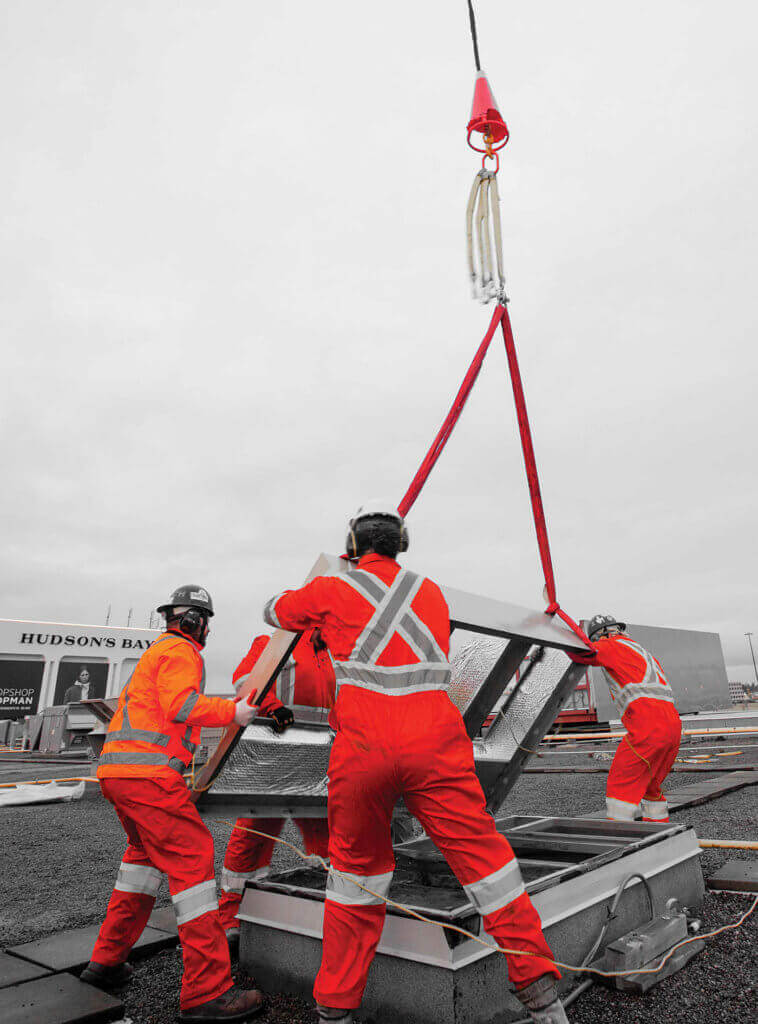
Ladue has over 26,000 hours in the S-58, and serves as the training pilot for those new to the type. “I’ve trained quite a lot of pilots in this over the years, and many are still flying them. It doesn’t have all the technology you see in newer aircraft, obviously, but it flies really nicely, really smoothly,” he said. “It’s a great lifting platform if you’re doing external loads, and that’s what we do with them — firefighting.”
Trahearn said the group was particularly impressed with the support offered by Ladue’s firm. “Because I hadn’t really looked at the S-58 for a long time, I was worried what parts and supplies and support was like for this aircraft,” he said. “But in visiting California Helicopter’s facility, we felt very comfortable that they have a good setup of spare components and parts. It kind of gave you the warm and fuzzy feeling that they can provide the level of support we wanted.”
Flying the aircraft
Bergeron and Tommasini took the type rating on the S-58T, which took about five flight hours each. “By the end I was really feeling comfortable,” said Bergeron. “It flies so nicely, it’s like a fixed-wing in the air — it’s that stable. There’s little vibration except for translational lift when you’re coming in. You could cut a diamond on the dash. It’s the smoothest ship I’ve ever flown.”
He also praised the aircraft’s maneuverability, tail rotor authority, and power. “The good thing about that [power] is confidence for us,” he said. “If we’re doing long line work, and an engine does start giving us a problem, then you know that you’ve got enough power to put the load either down safely or where you want to put it, then you can land it.”
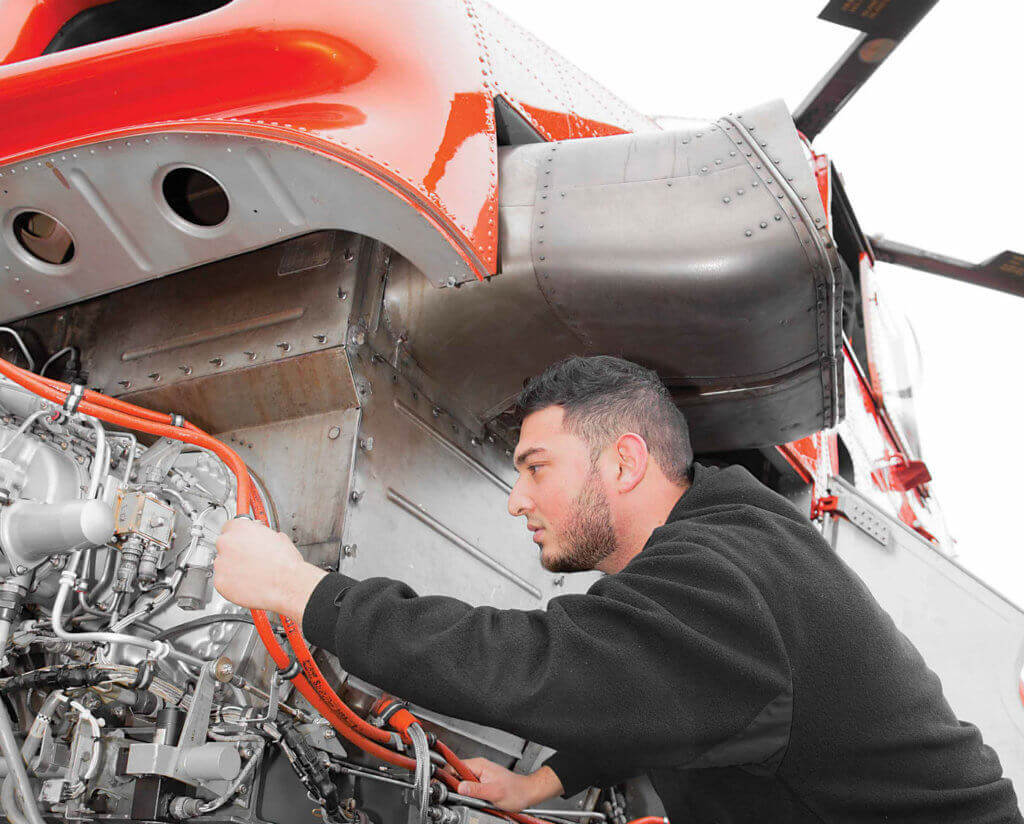
Tommasini said the number of doors the S-58ET would open was “pretty much unlimited” due to the aircraft’s capabilities. “We can do the lift work, we can get into working on forestry, and we’ve got other customers that we can probably spin off as time goes on,” he said. “There are good opportunities to expand the usage quite considerably. It all depends how much we want to go ahead and do it. But we’re looking at building up the program slowly.”
For now, it will be used primarily on construction jobs and kept in Ontario to ensure availability for Four Season’s contractor customers. “We bought the machine because it makes economic sense — we don’t need to fly it 500 hours a year to make money,” said Bergeron. “We did it based on a low number of hours per year, because we want it available for the contractors.”
While the relationship between Sprint Mechanical and Four Seasons was only formalized this year with the purchase of the S-58T, the two had already built a highly successful partnership to gain and complete construction contracts across the Greater Toronto Area over the past few years.
“One of the things we started doing is we had very detailed engineering plans for each lift,” said Bergeron. “But then we also offer hands-on training for the crew. . . . We engineer the rigging, we design the attachment points, we figure out where the center of gravity is going to be, [and] we fly a certain way. So when we work on a job, [Sprint Mechanical] works on all the design phase, and the planning, and David looks after the aviation side.”
The training includes a classroom session, a safety talk, and about an hour in the field — and is included in the price quoted to customers — a value-added benefit they appreciate, said Bergeron. The team’s intimate knowledge of the construction and aviation businesses has also allowed them to offer clients a variety of options for some lifts. “We know what you need to do the job, how we can lift it, and how can make the job efficient,” he said.
An established presence
While the S-58T offers Four Seasons an exciting new revenue stream, the bulk of the company’s work remains in aerial filming. Recent work has included Good Witch, Designated Survivor, and Robocop, as well as providing aerials across Canada for the National Hockey League, Canadian Football League Grey Cup championship, and Toronto Blue Jays baseball games.
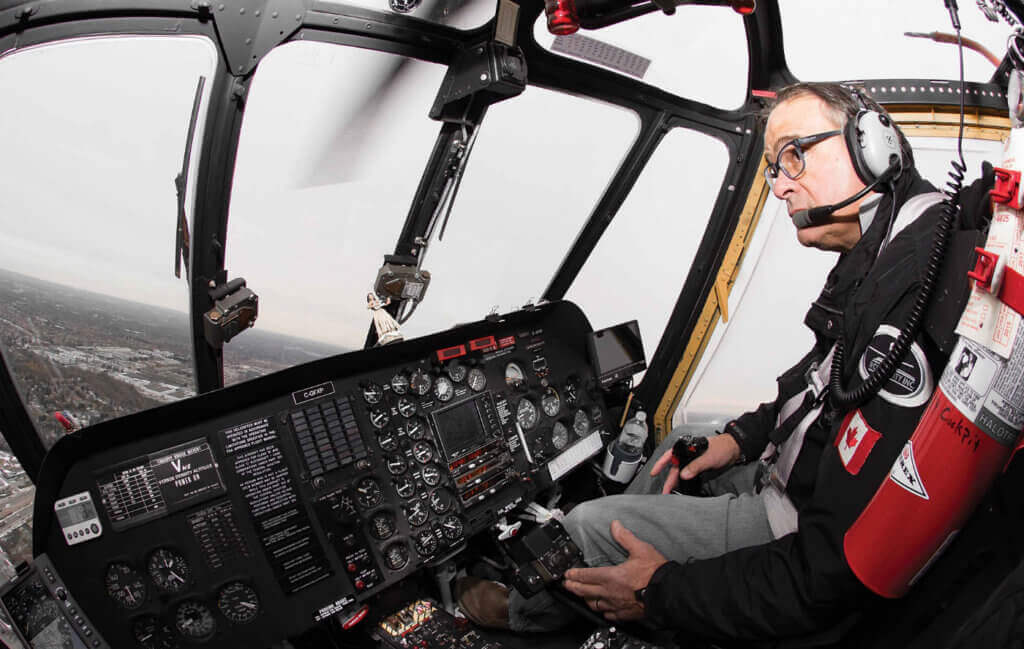
“It’s been pretty steady over the years,” said Tommasini. “There’s the dollar exchange working in our favor right now, but the film infrastructure in Toronto is very good as well — the crews, the facilities and the support stuff — and we’re just part of that infrastructure.”
The TwinStar does most of the film flying, with its twin engines providing an additional layer of safety for the production companies, while it also has the ability to accept a wide variety of mounts and camera systems, including Cineflex, Shotover and Wescam.
“We took a chance when we bought it — we were the only twin engine aircraft in Toronto at the time,” said Tommasini. “We decided to take the plunge, and it’s been a great aircraft. It’s very versatile, we can do all kinds of different work, and it performs very well. It’s very reliable, it’s safe, and it gives me that extra cushion with the twin engine that really pays off in a lot of circumstances. So it’s been a great little machine for us.”
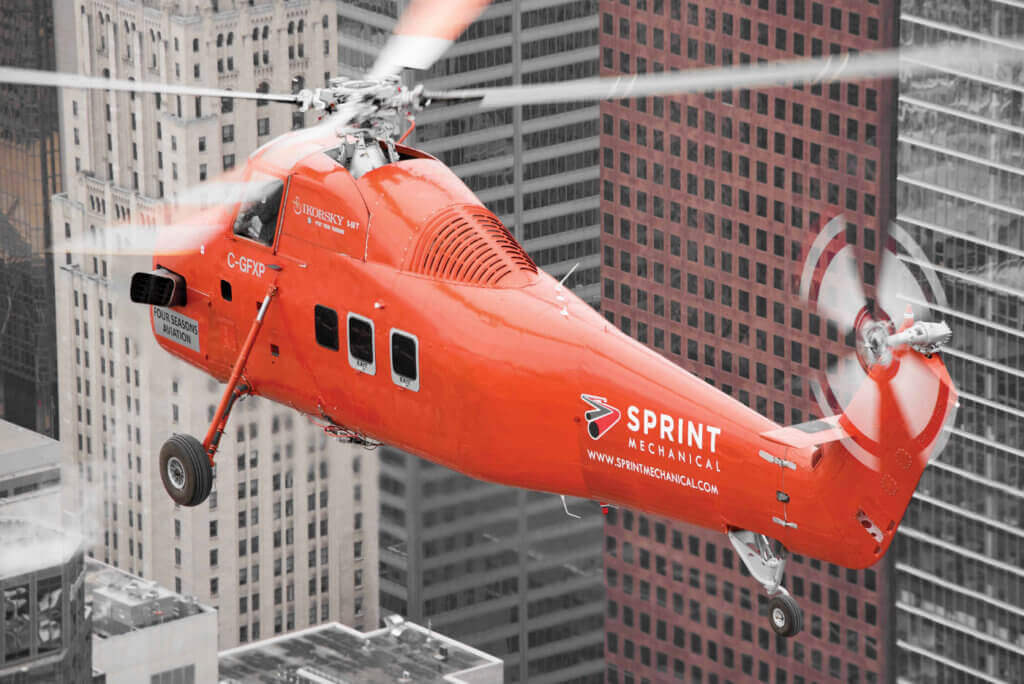
Tommasini serves as Four Season’s primary pilot, with one backup pilot and Bergeron rounding out the company’s flight team. Tommasini also performs maintenance on the aircraft, along with director of maintenance Libor Bocek and maintenance engineer Rahmatullah Rahimi.
“Mostly it’s just routine maintenance,” said Bocek. “The film work is not highly demanding on the machine. It gets maintained on a day-to-day basis, and it’s a reliable aircraft, so we haven’t really had any outstanding issues with it.”
In terms of bringing the S-58ET into the company’s fleet, Bocek was tasked with preparing the documentation for approval by Transport Canada. “It was a fair bit of work, but probably it was no different to any other twin engine helicopter out there,” he said. “There was a little bit of a learning curve, but it was a good experience for us.”
Bocek said that, while it was still early days with the aircraft, he was happy with what he has seen so far. “When I first opened up and had a look under the cowlings, and had a look around the machine, I was very impressed for something designed and built back in the ’50s,” he said. “The level of engineering is very impressive.”
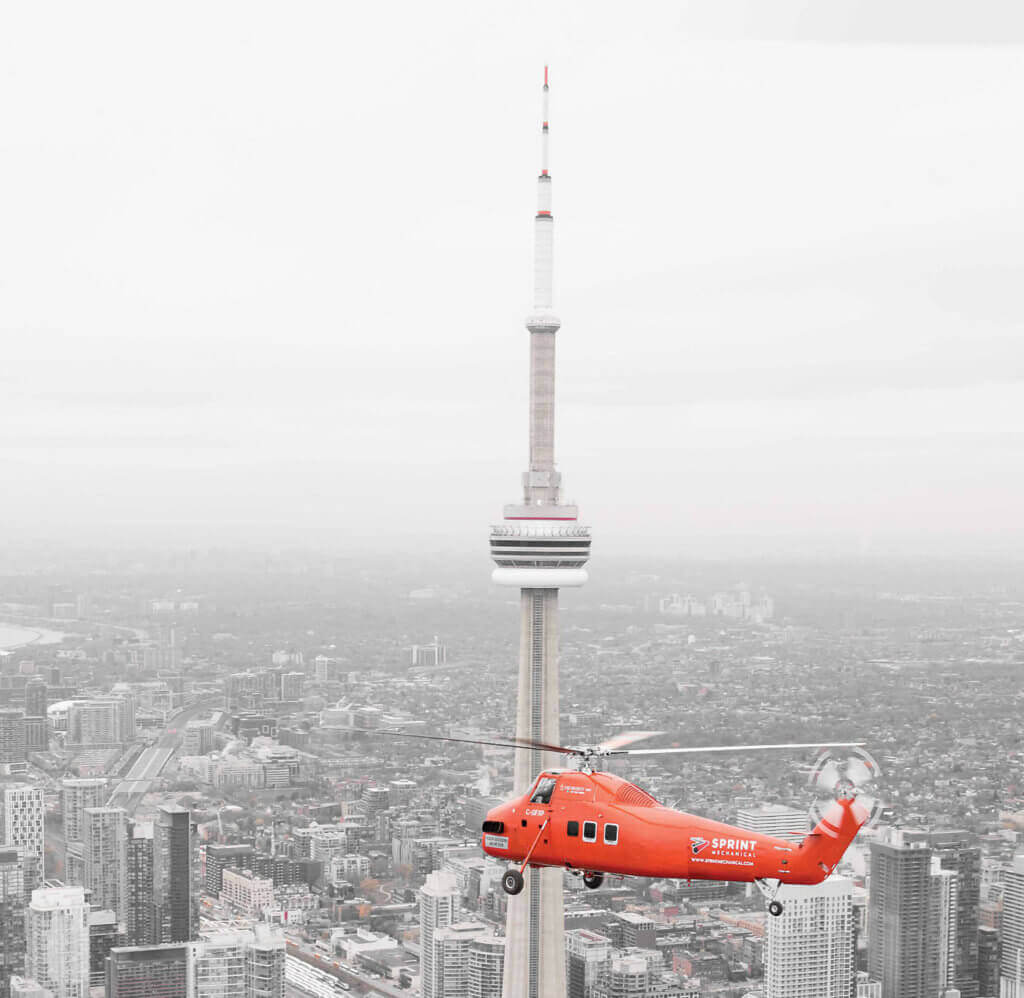
Four Seasons’ specialization to date has, to a large extent, insulated it from the kind of pressures faced by many other utility operators in the current economic climate. And with the S-58ET joining its fleet and diversifying its operations, it is in the enviable position of being able to plan for growth.
“We’ve kind of carved our own little niche and we’re happy to be where we are, doing what we do, and specializing in what we have,” said Tommasini. “There’s always new challenges, new things to do, and our biggest task is being able to adapt to that, with our customers, with the environment, with the economy, with new technology, and meet the requirements that everybody wants. What we’re doing this year, we weren’t doing last year, and the year before was a little different as well. I think all the operators are the same. If you want to stay in business, you’ve got to be able to be flexible.”






Great news. Congradulation on your success and the addition
of the S58 T to your fleet. It’s a great choice. R
Nice Helicopter and I had the experience of S 58 T while working at the Indonesian Air Force